3 Steps to Protect Homes From Mother Nature
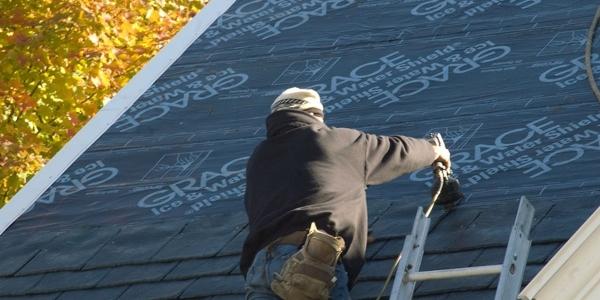
By GCP Applied Technologies.
Learn the three key areas to examine in order to properly waterproof building projects.
Weather events are unlike what they used to be, which is no secret to builders. Now, a quality building means it needs to be built for all weather conditions. No matter where a home is located, it needs to be able to endure the most severe elements. Homeowners are consistently pressuring builders and contractors to build homes with superior protection.
Water is essential, but for homes it is the enemy. Moisture can be absorbed in various building materials and can cause a host of serious structural problems. Leaks and wet wooden framing or sheathing can cause rot and mold. To best serve residential customers and preserve contractor reputation, it's best to waterproof it right the first time and protect customers’ homes for years to come.
It is critical to use the proper materials to protect a home from water intrusion and subsequent damage. Make sure to examine these three critical areas:
Roofing
One of the biggest challenges in roofing is keeping water from leaking through. By its nature, water runs down a roof. From simple drips to downpours, water will find holes and seep under shingles. If there is a way in, water will find it.
Roofs are a source of everlasting concern. Every leak is a lost opportunity, additional cost to repair and a corresponding loss of customer trust. Severe weather seems to be the new normal and the risk of damage from ice dams and wind-driven rain are higher than ever. Thus, it is critical that every slope and corner of a roof be constructed to withstand any degree of rain to prevent damage and costly repairs.
What makes the difference and protects a roof from water damage is the roofing underlayment. Roofing underlayments perform many functions in a roof assembly, but first and foremost, they serve as the last line of defense between homeowners and the damaging effects of water infiltration. Thus, selection of high-quality underlayments can be the difference between success and failure.
While use of an underlayment is required by building code, there are multiple product types that can be used. Be sure to use quality, self-adhered roofing underlayments to achieve the ultimate waterproofing protection, especially at the eaves, valleys and at all critical detail areas.
There is a wide variation in product quality and performance. GCP Applied Technologies’ GRACE ICE & WATER SHIELD® self-adhered roof underlayment pioneered the category over 40 years ago. It provides premium performance as it seals to itself at overlaps, seals to the roof deck and, most importantly, seals around the fasteners used to attach the shingles. All these features help prevent water from leaking into a home.
Windows & Doors
Windows and doors are critical detail areas and can be major leak zones. Even if windows are well shuttered in a storm, wind-driven rain can be blown into a house at these points, especially if they have not been properly flashed and weatherproofed.
Window and door openings are one of the most common water entry points. When water enters through these points and remains within the wall assembly for a long time, it creates a favorable environment for the development of rot, mold and mildew. Proper selection and installation of flashing at the windows and doors is critical to the performance of a home’s weather barrier system.
A self-adhered flashing membrane, properly integrated with the other elements of the building structure, creates a barrier to water and acts as a drainage plane for water to drain out of the wall. If not properly selected and installed, wind-driven rain can leak and quickly cause rot and mold in the walls. Flexible flashings such as VYCOR® Plus and VYCOR® PRO self-adhered flashings can be used to seal windows, doors, corners, and other non-roof detail areas. These products are designed to form a watertight and airtight seal with building materials; thus protecting a home from water damage and air infiltration.
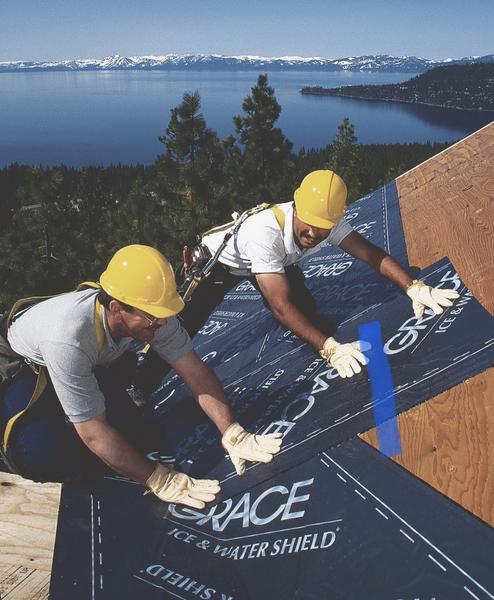
Outer Walls
Walls have complex layers. It is important that the materials that comprise those layers are selected and installed properly.
Traditional, mechanically-attached house wraps rely on laborious and time-consuming fastening, taping and detailing procedures that are frequently omitted. They are also vulnerable to wind-driven rain at every hole created when fastening siding and trim materials, and there are thousands of such holes on a typical home. They are also prone to tearing when left exposed, creating more water entry points.
The best solution is a fully-adhered weather barrier that seals to the substrate, seals to itself at overlaps, and seals around the thousands of fasteners used to attach siding, trim, and other decorative components. This product category provides premium weather protection and is an advanced alternative to traditional housewraps.
For example, VYCOR® enV-S™ weather resistive barrier does not require mechanical fasteners to secure in place; it does not require laborious taping of seams; it can be installed on most wood substrates without the aid of special primer materials. It utilizes the latest in residential building science to create an air-tight, yet “breathable” home and achieves the highest product performance available.
VYCOR® enV-S™ weather barrier also resists damage due to jobsite conditions and wind, resulting in a professional and high-quality appearance to clients and passers-by. With VYCOR® enV-S™ weather barriers, builders can minimize the need for costly rework and reputation damaging call-backs for leaks. This material simplifies construction while delivering customer satisfaction.
Well-built homes need to be constructed for the worst that Mother Nature has to offer, to prevent costly repairs. By carefully examining the roofs, walls, and detail areas when building a home, contractors ensure a more water- and weather-tight home, pleased homeowners, and peace of mind.
Learn more about GCP in their RCS directory.


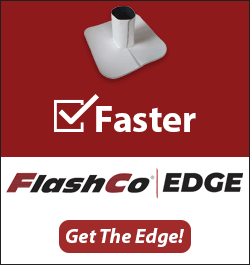


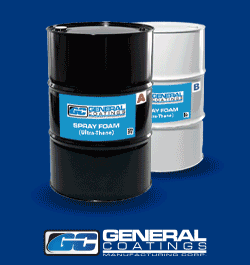







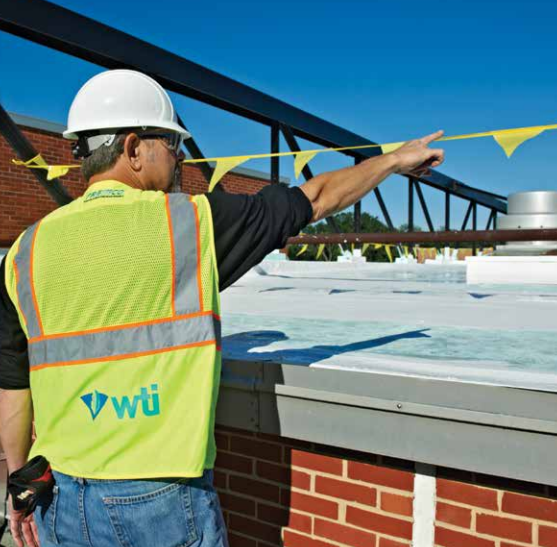
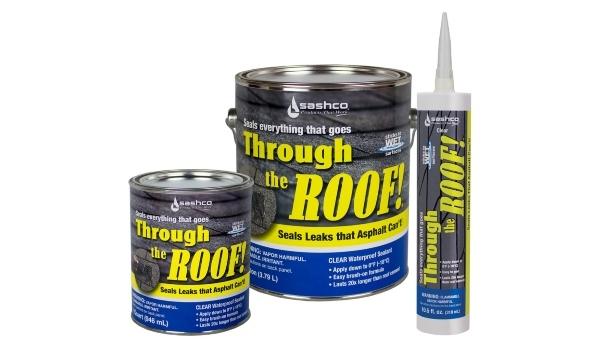
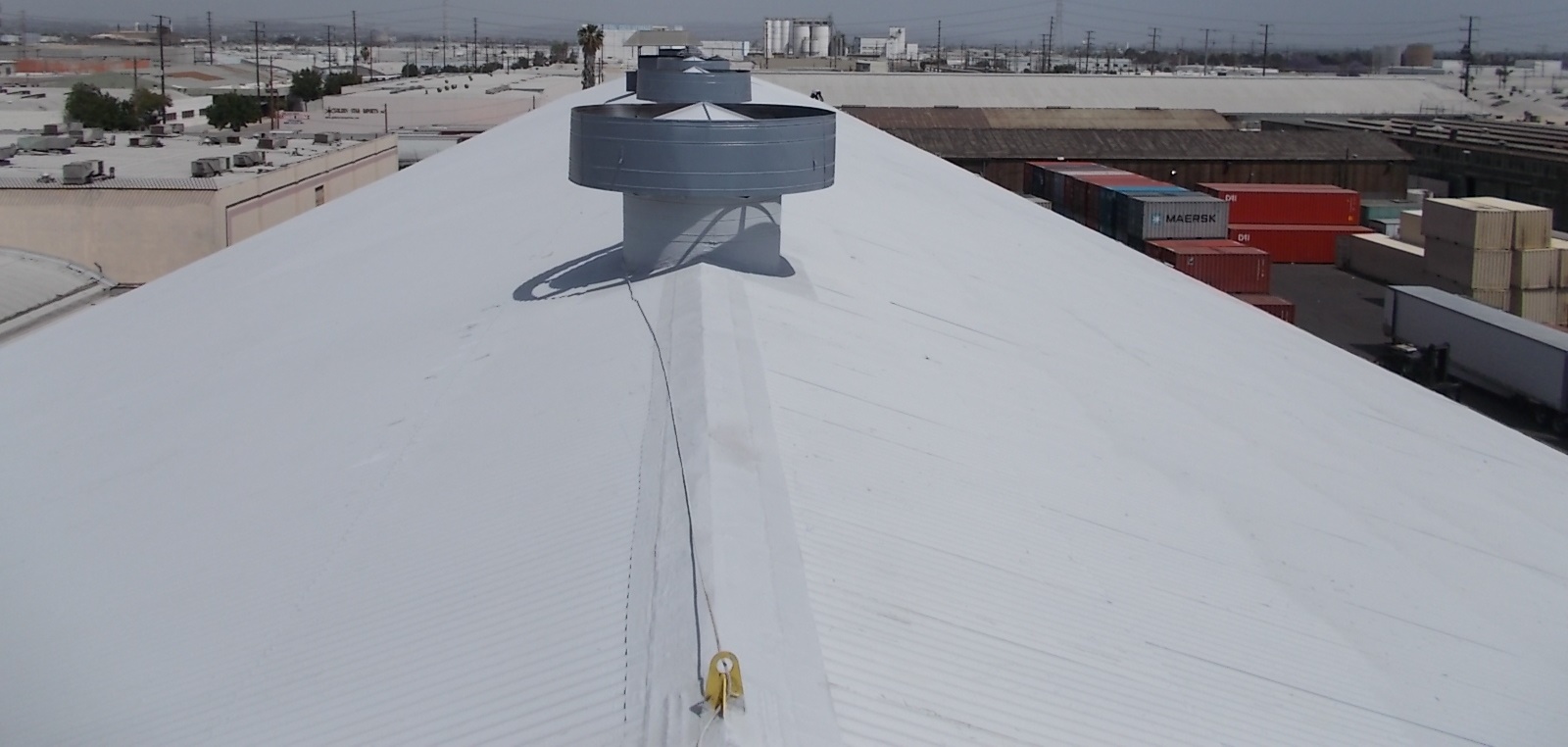




Comments
Leave a Reply
Have an account? Login to leave a comment!
Sign In